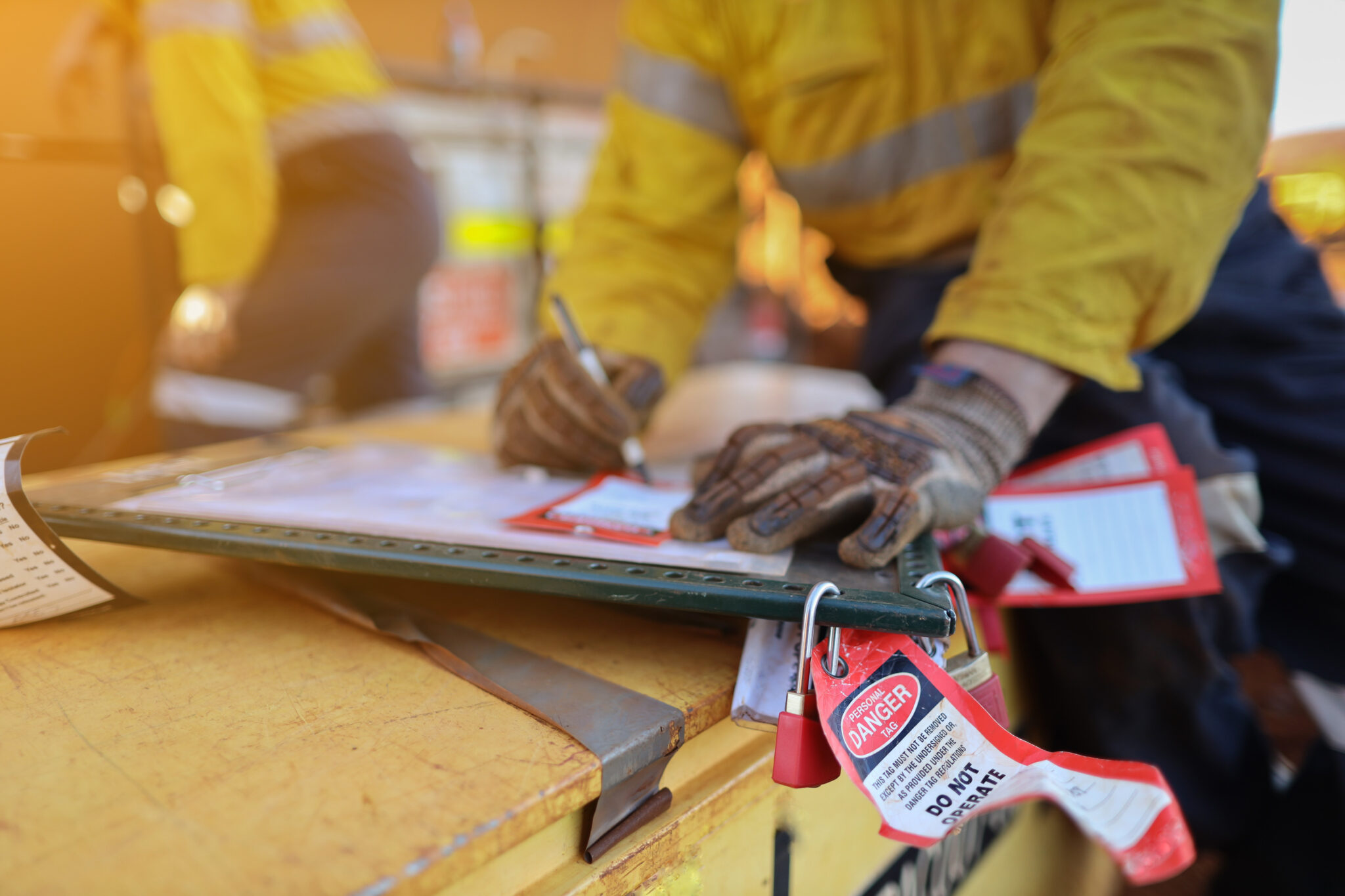
Older Americans are given the wrong idea about online safety
April 5, 2022
Six Strategies to Mitigate Spring Safety Hazards
April 22, 2022Eight Steps to Protect a Fleet, Regardless of Size
By Randy Boss, CRM, MWCA, SHRM-SCP
With over 40 years as an insurance and risk advisor under my belt, I’ve had my share of calls that start out “Randy, we’ve just had an auto accident.” My first question is always, “Was anyone hurt?” And then I breathe a sigh of relief when they say there was only damage to vehicles and/or property. Sadly, that is not always the case.
Auto accidents still account for the highest number of severe injuries and fatalities in the workplace. According to the U.S. Department of Transportation, while Americans drove less in 2020 due to the pandemic, an estimated 38,680 people died in motor vehicle accidents – the most significant projected number since 2007 and a 7.2% increase over 2019.
If these grim statistics tell a story, it’s that by not having a formal fleet safety program, you may be putting the safety and welfare of your employees and company at risk. Companies should not tolerate unsafe acts and should establish the policies and procedures needed to keep employees safe on the road. This can also reduce the potential for costly lawsuits.
Does your fleet safety program address these critical issues?
An effective fleet safety program should be part of your company’s safety culture. It should be comprehensive, up to date, supported by management, and be able to reach all employees.
Here are eight steps you can take to protect your employees, company, and the community.
- Identify all your drivers; not only those that drive company-owned vehicles, but also employees that use personal and rented vehicles.
- Make sure management is on board so that the plan is followed with no exceptions. The commitment to the health and safety of employees needs to go beyond just talk and demonstrate by its actions that safety is a core company value.
- Be certain that drivers have been screened and carefully selected, even in a tight labor market. If drivers are not safe, you have no chance to achieve an excellent long-term safety record. Initiate clear hiring standards and a thorough screening process for anyone who drives on company business.
- Train drivers to ensure they understand vehicle safety policies and procedures. All drivers need to be trained on safe driving strategies, techniques, and instructions in defensive driving.
- Manage drivers to ensure they are following fleet safety rules and driving safely. Remember, the primary cause of all injuries and crashes is employee behavior.
- Manage accidents when they occur, including a thorough investigation to get to the root cause and reduce the potential for future losses. This can help reduce accident costs. Effective accident investigations show employees that you are concerned for their safety and well-being. Address/prevent liability by identifying and eliminating hazards. Correct unsafe acts and unsafe conditions.
- Establish written policies and procedures that set clear, consistent expectations.
- Have a formalized plan of vehicle inspection, repair, and maintenance. This is crucial to not only reduce costly breakdowns but provide defense if an accident occurs.
One of the worst auto accidents in history was a 1988 Kentucky school bus accident in which a bus full of children was struck by a pick-up truck driven by an intoxicated driver, resulting in 27 deaths and 34 injuries, most of them severe. It remains the deadliest bus crash in U.S. history. The drunk driver received a 16-year prison sentence. How would you feel if you hired this person and failed to run a driving record?
A formal, written fleet safety program is essential to operate a few vehicles or a large fleet. It can help reduce the risk of crashes, protect employees, lower vehicle downtime and repair costs, comply with driver and vehicle regulations, protect your public image, and control insurance costs.
Employers need to identify the risk their drivers and vehicles pose to their business, as well as provide a roadmap to establish a vehicle safety program for fleets of any size.
Editor’s note: Since the writing of this article, the National Safety Council (NSC) released its preliminary estimate of total motor-vehicle deaths for 2021 and the estimated number of nonfatal medically consulted injuries resulting from crashes in 2021. The estimate of total motor-vehicle deaths for 2021 is 46,020, up 9% from the 2020 estimate of 42,339 and up 18% from 39,107 in 2019. Mileage in 2021 rebounded 11% from COVID-19 lows in 2020 and only lags 2019 mileage by 1%. A medically consulted injury is an injury serious enough that a medical professional was consulted. Based on the current medically consulted injury-to-death ratio of 114:1, and rounded to the nearest thousand, the estimated number of nonfatal medically consulted injuries resulting from crashes in 2021 was 5,246,000.
April is Distracted Driving Awareness Month and the NSC offers free resources.
Randy Boss is a Certified Risk Architect at Ottawa Kent in Jenison, MI. He is a Master WorkComp Advisor (MWCA).




